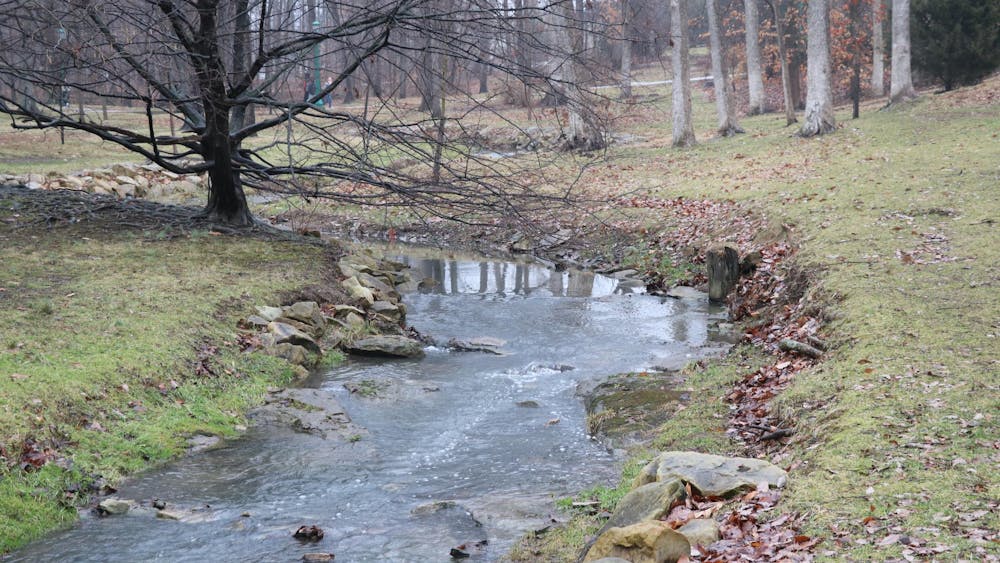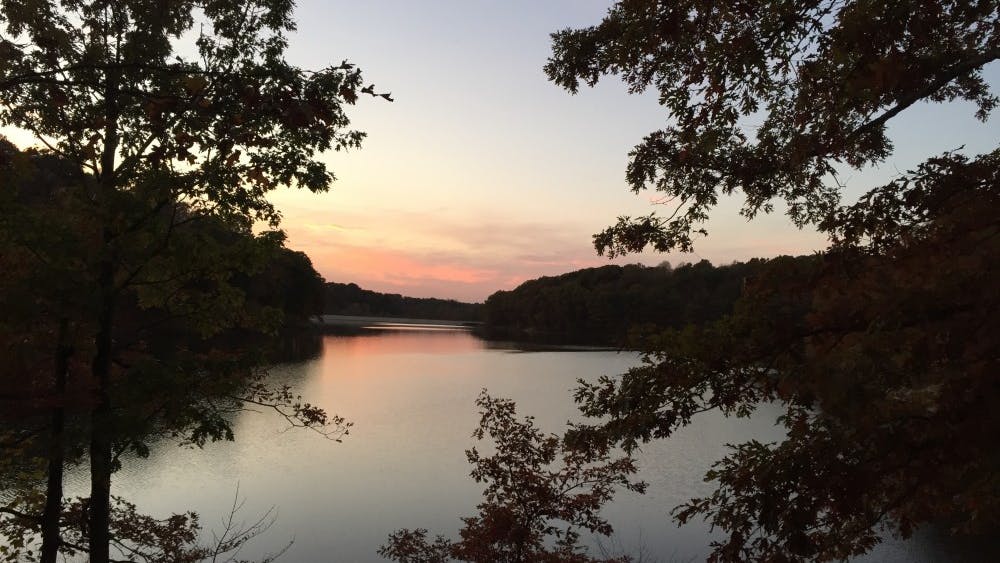“In 2002, the Division of Forestry sold a million and a half board feet of lumber from public forests,” Hoosier Forest Watch Coordinator Myke Luurtsema said.
Board feet is the unit used to measure timber. It is equal to a 12-inch by 12-inch board of wood that is one inch thick.
“In 2004 it was 3.5 million. Now it’s anywhere between 14 and 16 million board feet and it’s just not sustainable,” Luurtsema said.
The Indiana Forest Alliance’s Wild Indiana Campaign aims to establish 13 State Wild Areas in seven different state forests. These areas would be off-limits to commercial logging and preserved as wild forests for public recreation.
“The campaign has allowed us to have a rallying point,” Luurtsema said. “It’s given people who care about these forests an attainable goal to work towards.”
Together, these areas would make up about 36,820 acres, which is 24 percent of the state forests in Indiana. The proposed Wild Area closest to Bloomington is 3,750 acres in the Morgan-Monroe State Forest Back Country Area. Some of these woods are more than 100 years old and provide a habitat for endangered species such as the Eastern ?box turtle.
The campaign helped create two state bills: House Bill 1580 and Senate Bill 548. The latter was sponsored by Sen. Mark Stoops, D-Bloomington. The bills were not supported by Indiana’s Department of Natural ?Resources.
“The Department of Natural resources did not support the bill,” Pierce said. “That made it really difficult for the bill to make it out of committee. I have done a lot of work in the past with the Indiana Forest Alliance. I think it’s important work and I plan on continuing to work with them on new bills in ?the future.”
“The Indiana Forest Alliance is now proposing to prohibit forestry practices on 36,000-plus acres that have a long history of resource management, protection, and conservation,” DNR Director Cameron Clark said in a letter to the IFA. “Adopting such an extreme measure would negatively impact both the economic and wildlife habitat values of this land.”
Luurtsema said the DNR would say that counties benefit from the logging, “but the most that any of these counties get is around $70,000 which isn’t a lot for a county and doesn’t cover the cost of repairing and maintaining county roads which were not built to hold these extremely heavy logging trucks.”
Neither of the bills were ever heard in either house, so they are now effectively dead. IU senior Aaron Day, an environmental management student, said he believes this is one example of the problems with our government’s priorities. Campaigners refuse to give up.
“We’re going to continue building a ground swell of support for these projects,” Luurtsema said. “Any sort of proactive steps towards environmental protection are going to be an uphill battle in Indiana. Grassroots pressure is what it’s going to take to get anything done.”





